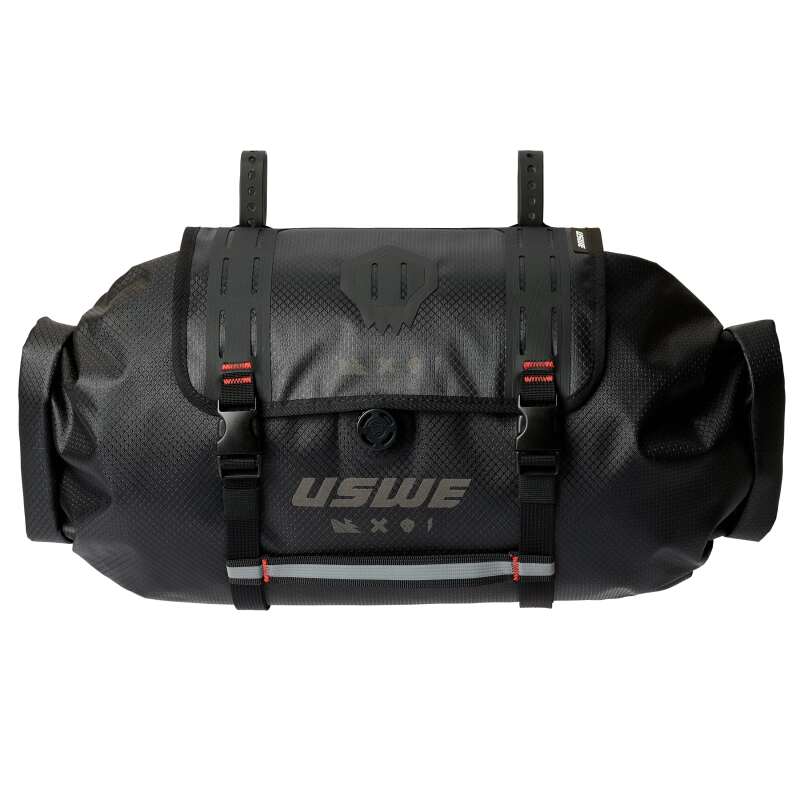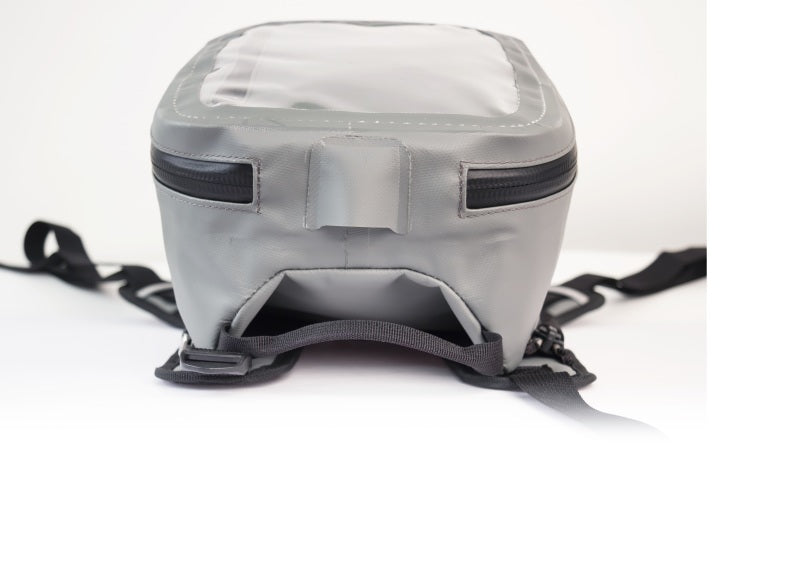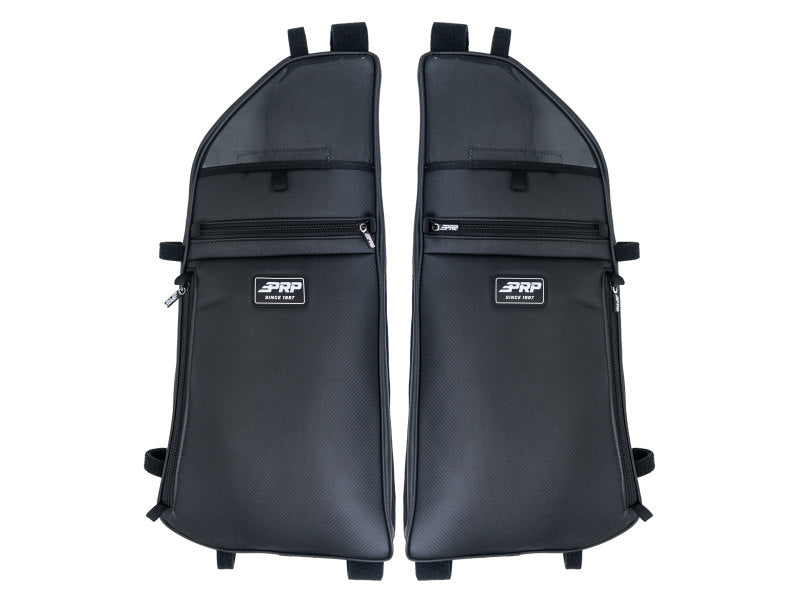Power Stop brake kits beat regular factory brakes in many ways - they stop cars 30-35% better and need less distance to stop at normal speeds. These brakes cost $40-50 less than factory ones and are built with tough carbon-fiber ceramic parts and zinc-coated rotors that last longer. Thanks to special rubber backing, they make less dust and noise when you brake. While they might not work as well for racing, they’re great for everyday driving. You’ll still need a pro to put them in to get the best results. Factory brakes work fine, but Power Stop gives you better parts and smart design for less money. Think about what your car needs when picking between the two.
Key Takeaways
-
Power Stop kits offer 30-35% better performance than OEM parts while costing $40-50 less through aftermarket production.
-
Ceramic pads in Power Stop kits produce less brake dust and noise compared to OEM, requiring less frequent wheel cleaning.
-
Power Stop Z26 pads match OEM performance at high speeds but may underperform in track conditions.
-
Zinc-coated rotors and carbon-fiber ceramic materials provide better corrosion resistance and longevity than standard OEM parts.
-
Vehicle type, weight, and intended use should determine choice between Power Stop and OEM for optimal safety and performance.
Performance Differences That Matter
Power Stop brake kits stand out from factory brakes in three key ways that matter on the road.
First, when braking at high speeds over 120mph, Power Stop Z26 pads stop nearly as well as factory brakes while staying steady.
Second, the way the brakes feel and respond is quite different - Power Stop gives a balanced performance with low dust output, making them ideal for daily street driving.
Professional-grade components deliver superior stopping power for enhanced safety and reliable performance.
Cost Analysis and Value
Power Stop brakes usually cost $40-50 less than original car maker parts, mainly because they make more of them in the aftermarket.
While many drivers stick with original parts out of trust, Power Stop’s direct fitment design ensures seamless installation comparable to OEM parts.
Quality suspension components can enhance the overall performance and ride comfort of your vehicle alongside brake upgrades.
Dust and Noise Comparison
When dealing with daily driving issues, brake dust and noise clearly can impact your driving experience. PowerStop brake kits feature special ceramic pads that significantly minimize brake dust accumulation while delivering exceptional noise reduction performance. Much like custom exhaust systems, these brakes are engineered to enhance overall vehicle performance while maintaining optimal noise control.
Materials and Build Quality
PowerStop and OEM brake parts are made quite differently.
PowerStop uses brake pads made with carbon-fiber ceramic, which helps them stop better and make less dust than regular OEM pads. Their rotors have zinc coating and special holes that help prevent cracks and rust.
You can see the quality difference in PowerStop’s parts - they use strong stainless-steel pieces and rubber cushions with two layers. For performance enthusiasts, PowerStop offers Track Day Brake Kits that are specifically engineered for high-temperature conditions.
Their rotors are balanced using mill. Quality engine components work together with brake systems to deliver optimal performance and safety.
Stopping Power Under Pressure
Power Stop and factory brakes show clear differences in how well they stop cars at different speeds.
Power Stop Z26 brake pads work almost as well as factory brakes up to 100 mph, giving about 95% of the stopping power. At speeds over 120 mph, they drop to 90% as good as factory brakes. Tests on a 2014 Dodge Charger R/T showed that Power Stop brakes helped the car stop 14 feet shorter at 40 mph.
When brakes get hot, each type acts differently. Factory brakes stay strong during fast driving, while Power Stop Z26 pads work best for normal street driving.
The Z26 pads handle daily driving heat well but might struggle during hard track use. In everyday driving, tests show the Z26 pads stop cars well and keep working steadily even as temperatures change.
Installation Process
You’ll need the right tools and a careful approach to install Power Stop brake kits safely.
Start by getting your basic tools ready - you’ll want a tool to push back the brake caliper, a wrench that measures tightness, and safety gear to protect yourself.
The job follows clear steps:
First, lift your car safely and take off the wheels.
Then remove the old brake parts.
Push the caliper back while keeping an eye on brake fluid levels.
Put fresh grease on the sliding parts and mounting areas.
Set the new rotors and pads in place, making sure to tighten all bolts to the right level.
Finish up by bleeding the brake lines to remove air bubbles.
Before hitting the road, test the brakes thoroughly to make sure everything works perfectly.
Maintenance Requirements
Keeping Power Stop brake kits in good shape follows the same basic steps as factory brakes, with regular checks and upkeep needed.
Check your brakes every three months to spot any leaks, uneven wear, or broken parts. Key tasks include checking brake fluid, adding grease to caliper parts that slide, and keeping all brake parts clean.
Important care steps include putting anti-seize on rotor centers, tightening caliper bolts just right, and avoiding mistakes like using too much grease or letting calipers hang loose during work.
Both Power Stop and factory brakes need proper break-in time and yearly greasing. Power Stop gives clear setup guides, but you still need to follow their recommended service times to keep your brakes working well and lasting long.
Real World User Experience
Real drivers using Power Stop brake kits point to three main benefits: steady braking at high speeds, less brake dust, and trusted performance.
Drivers report these brakes work nearly as well as factory brakes when going very fast - around 120mph - and stay strong even when pulling heavy loads.
Users say their wheels stay much cleaner than with factory brakes because there’s less dust, and the brake parts fight rust better too. The holes and grooves in the brake rotors help keep them from getting bent out of shape, which really helps when pulling trailers.
Many drivers like that these brakes cost less than factory parts while working just as well.
Tests from actual driving show the brakes keep working well on long downhill stretches and with heavy loads, proving they can handle tough jobs.
Heat Management Capabilities
Heat control is a key part of Power Stop’s brake design. Their rotors have holes and slots cut into them to help get rid of heat better than regular factory brakes. The holes are angled and the slots are carefully placed to help the brakes work their best when pushed hard.
|
Component |
Power Stop |
OEM |
|
Rotor Design |
Drilled & Slotted |
Solid Surface |
|
Heat Dissipation |
Superior Thermal Management |
Standard Cooling |
|
Pad Materials |
Carbon-Fiber Ceramic Options |
Basic Metallic |
|
Coating Protection |
Zinc-Plated |
Basic Treatment |
The Z36 and Z26 kits handle heat really well thanks to their carbon-fiber ceramic brake pads, which keep gripping strongly even when very hot. This better heat control is especially useful when towing heavy loads, climbing rocks, or driving hard - times when regular factory brakes often get too hot and stop working as well.
Long Term Durability
Power Stop brake kits last longer than original car parts thanks to better materials and building methods.
Their brake pads use carbon-fiber ceramic, while their rotors have zinc coating and smooth-edged holes, making them resist wear and rust better than basic replacement parts.
Tests show these brakes work 30-35% better than stock ones, with drivers noting strong, steady stopping power in all kinds of driving.
The pads have two layers of rubber backing that keep them quiet and help them last. Power Stop backs their trust in these parts with a 3-year or 36,000-mile promise against any problems.
Though some drivers mention issues with brake calipers, most people who use them long-term say they outlast and outwork factory parts, especially when broken in correctly.
Frequently Asked Questions
Can Power Stop Brake Kits Void My Vehicle’s Warranty?
Installing new brake parts from other companies can’t cancel your car’s warranty by itself. The law (called the Magnuson-Moss Warranty Act) says car makers must show clear proof that outside parts actually broke something before they can deny warranty coverage.
Are Power Stop Brake Kits Available for All Vehicle Makes and Models?
Power Stop makes brake kits for almost every vehicle out there - covering 98% of what’s on the road. Their kits are built to match each specific vehicle type and deliver better braking power. Whether you drive a car, truck, or special vehicle, they likely have a kit that fits perfectly right out of the box.
How Long Does the Break-In Period Last for Power Stop Brakes?
Brakes need time to get ready for peak performance. You’ll want to make 30-40 gentle stops while driving at 30-40 miles per hour. This helps brake pads stick the right way to your rotors, making them work their best after the break-in.
Do Power Stop Brake Kits Come With a Manufacturer’s Warranty?
Power Stop backs their brake kits with a solid 3-year/36,000-mile warranty that covers factory defects and helps keep your brakes working well. Just make sure to install them the right way according to Power Stop’s instructions to keep the warranty valid.
Can I Mix Power Stop Rotors With OEM Brake Pads?
You can put Power Stop rotors with OEM brake pads, but it’s not the best idea. The parts might not work together as well as they should, which could make your brakes less effective and wear down unevenly. For the best and safest braking, it’s smart to use rotors and pads that are made to work together.
Conclusion
After thorough analysis of performance metrics, cost factors, and real-world testing data, Power Stop brake kits demonstrate competitive advantages in heat dissipation and stopping power while offering cost savings over OEM alternatives. However, increased brake dust and minor noise considerations warrant attention. For expert guidance on brake system components and performance parts, visit Gexhaust. The final selection between Power Stop and OEM should prioritize specific vehicle requirements, driving conditions, and long-term maintenance implications when optimizing brake system performance. To discuss your specific brake system needs, Contact us today.





